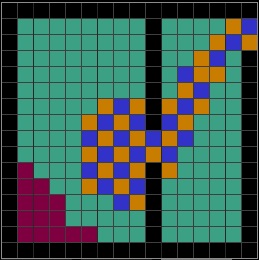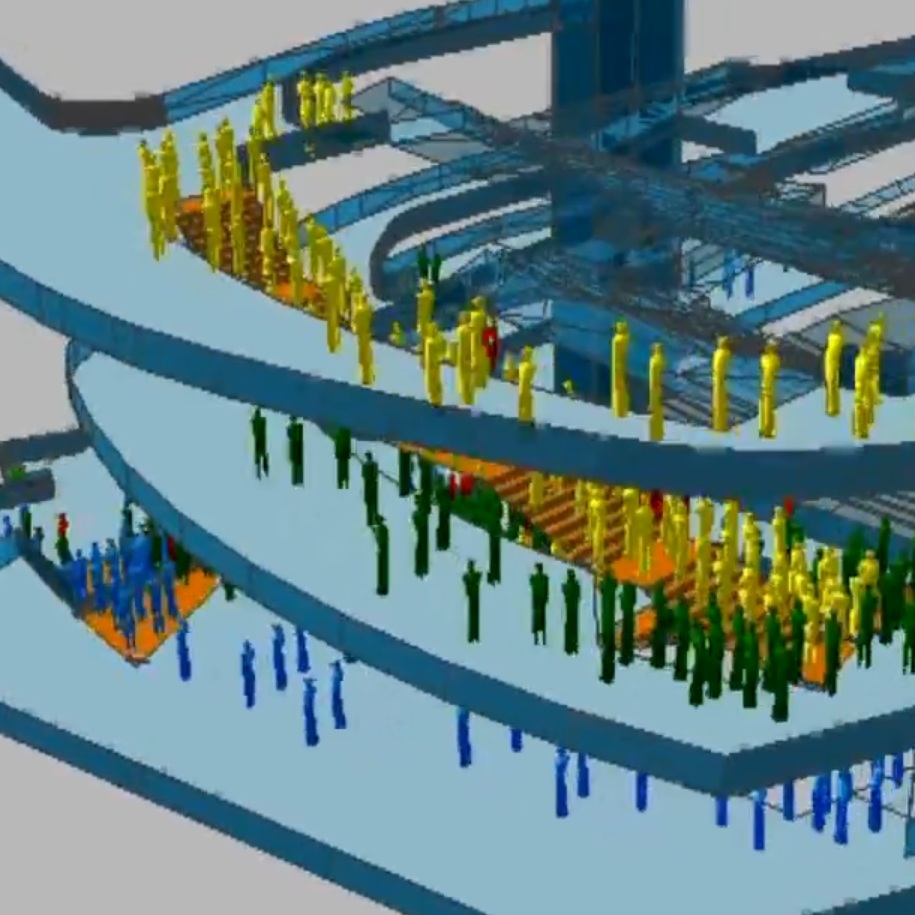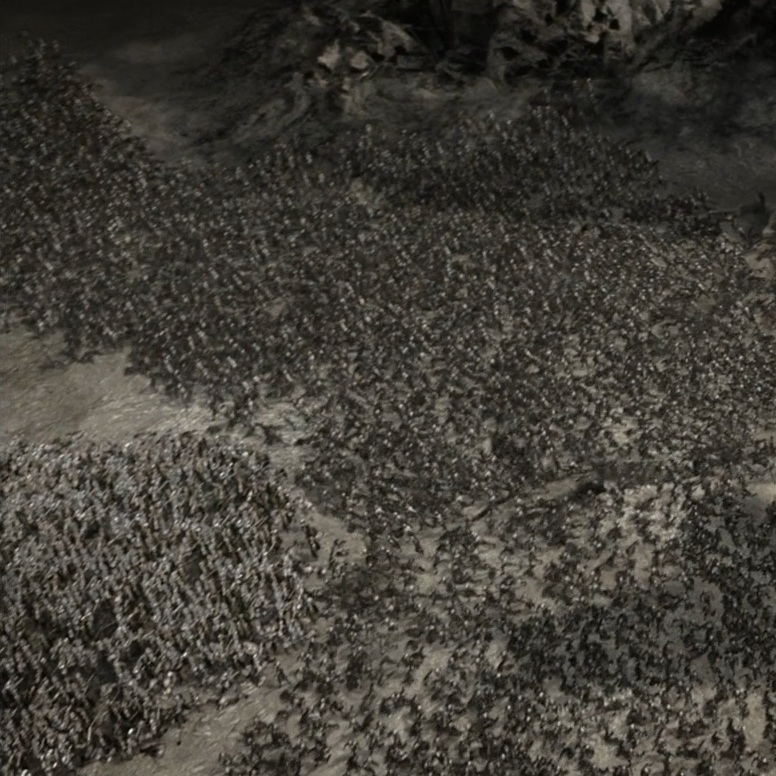 |
 |
 |
 |
In short my project aims to analyze various common methods of simulating realistic crowds. The goal of this analysis will be to determine which methods are appropriate when. For example if you need to create animated crowds for a movie Massive Software wouild be more suitable than a cellular automaton. |
There is a great deal of literature available on the topic of crowd simulation, but far less focusing on model comparisons. This paper takes the most prominent models, compares them to one another, and then makes generalisations based on the results. Models discussed include Cellular Automata models, the Social Forces Model, Rule-Based models and Hybrid models. The primary goal of this paper is to determine what model types are best suited to what applications. It was found that cellular automata are best suited to teaching, social forces models generally give the most accurate results, rule based models are most suited to applications with a heavy focus on graphics and hybrid models(both commercial and non-commercial) tend to generally do well for all applications. Additionally direct relationships between model cost, complexity and simulation accuracy were found. |
The source code (C#) for both the scoring program and the practice cellular automaton are also available: |